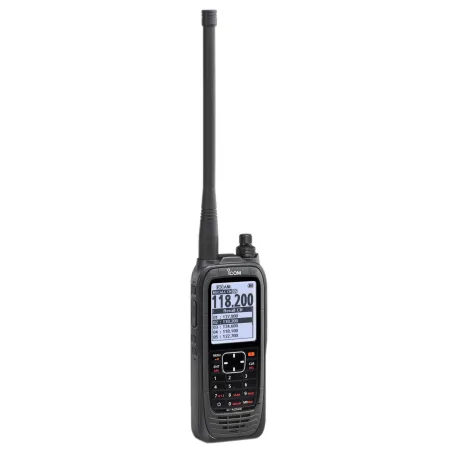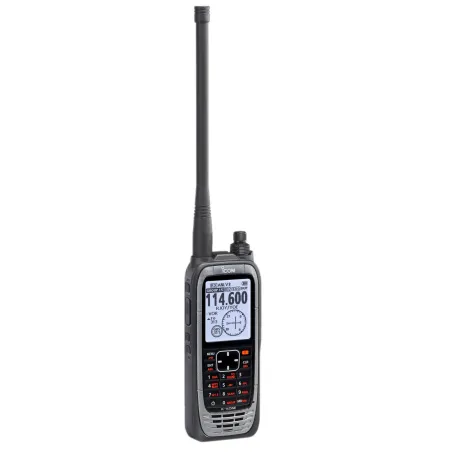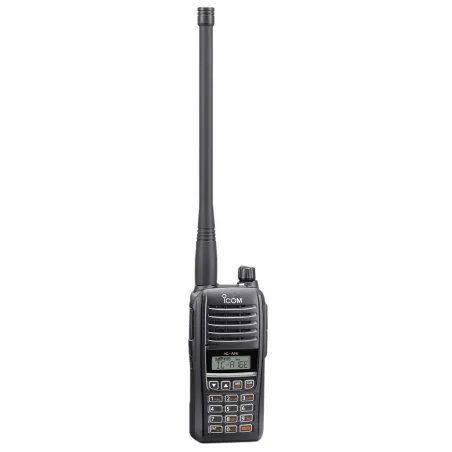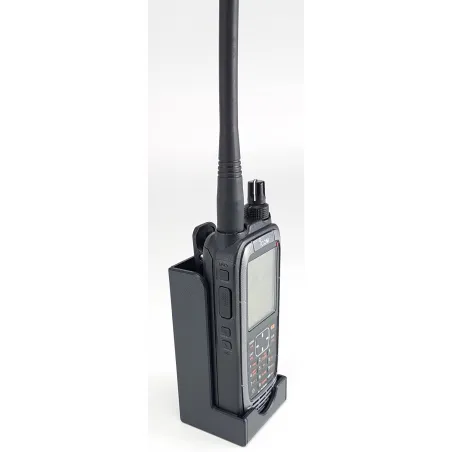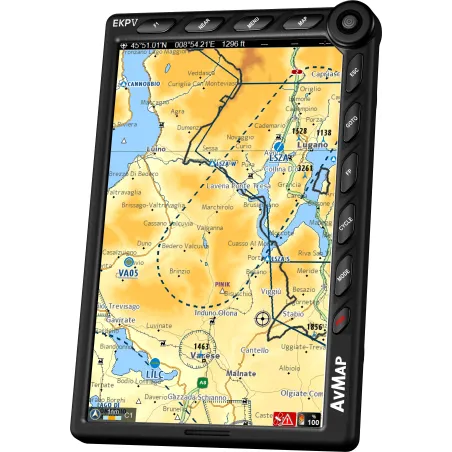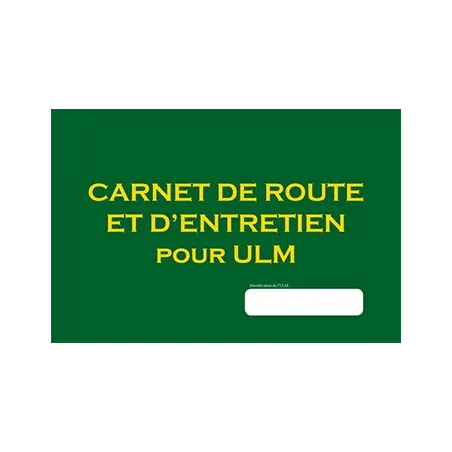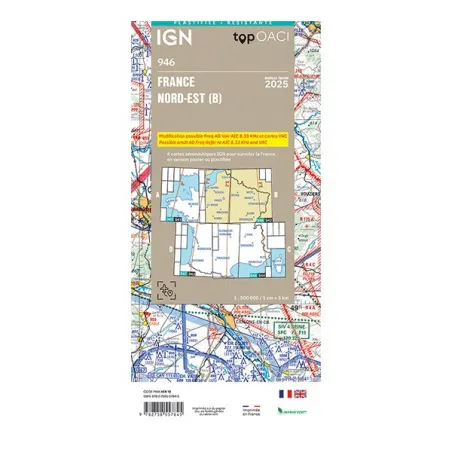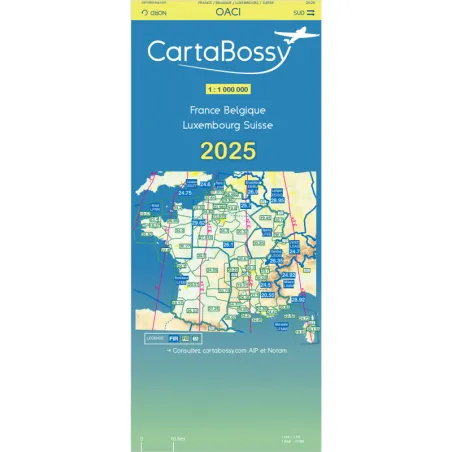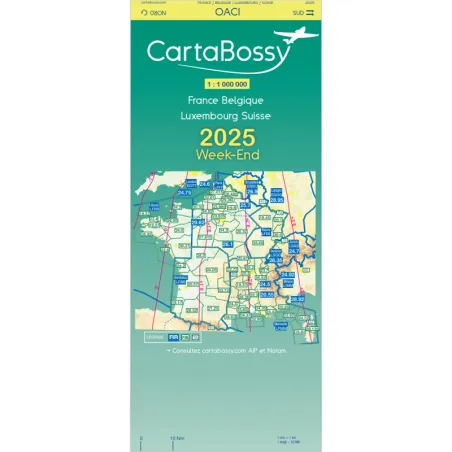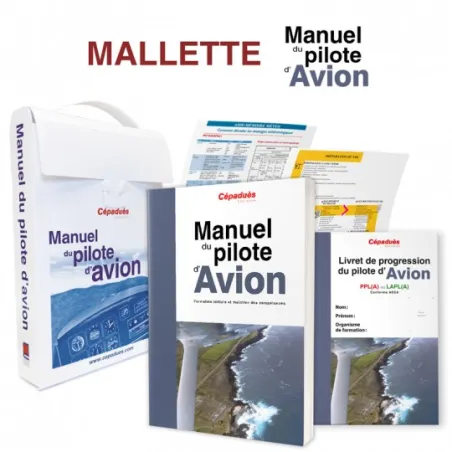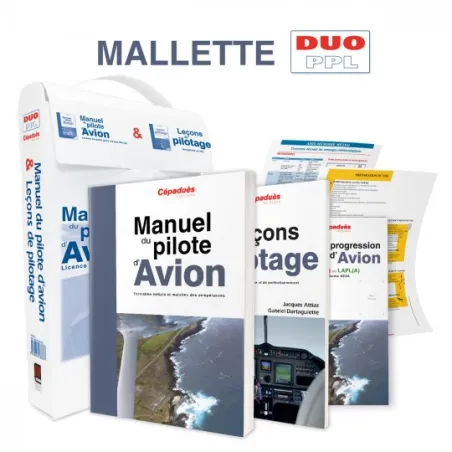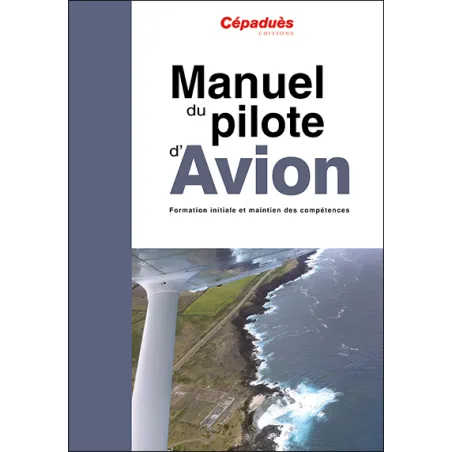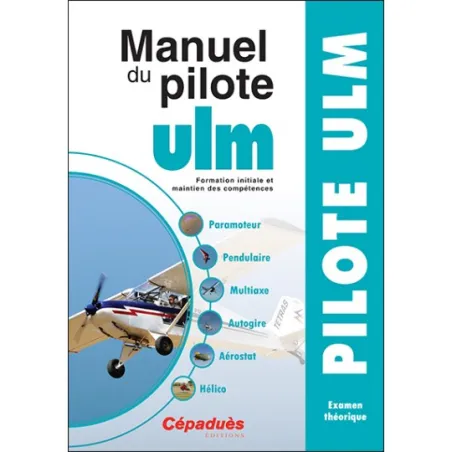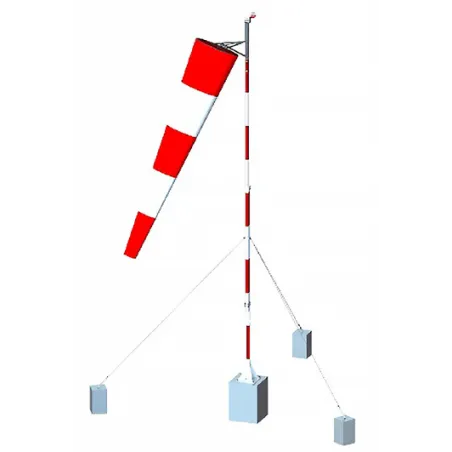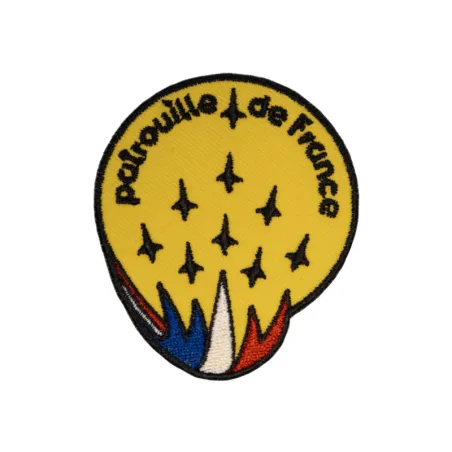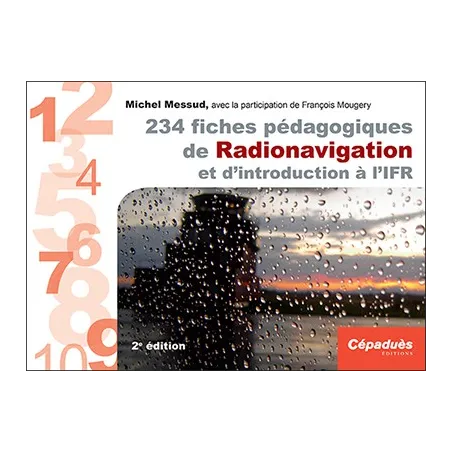Radio Navigation and IFR. IFR, GPS - Volume 2
Reference: 2107 Category: Aviation Library
€33.00
Tax included
Out-of-Stock
Shipping
to store and pick-up point
FREE delivery
from €299.99 purchase (1)
Payment in 4 installments
Via Paypal
(1) In mainland France. If the order exceeds a certain volume or weight, additional shipping fees may apply.
Expédition
en magasin et point relais
Livraison GRATUITE
dès 299,99€ d'achat (1)
Paiement en x4
Via Paypal
(1) En France métropolitaine. Si la commande dépasse un certain volume ou poids, des frais de livraison supplémentaires peuvent s'appliquer
This book is the second in a three-part collection on radio navigation. It is aimed at those wishing to improve their knowledge in this field. It can also serve as a reference for instructors, who will find material to illustrate their course.
Author: François Mougery
Release Date: July 4, 2019
Orders placed before
are shipped the same day.
In the previous volume, we studied?
- mental arithmetic ;
- the materialization of position in space ;
- the different methods of changing axis ;
- and classic radio navigation methods (VOR, HSI, DME, ILS, ADF, RMI...).
This knowledge will now enable us to study IFR trajectories and GPS.
For most private pilots, the use of GPS often boils down to a simple "Goto". We'll be taking a look at the various, often overlooked, options offered by this function. We'll introduce the notion of a flight plan, a succession of branches characterized by a starting point and an end point. A flight plan is very useful when the planned trajectory does not consist of a simple straight line, and relieves the pilot's workload. By studying the flight plan, how it is entered and how it unfolds in flight, we'll introduce the notions of branch and active point, and self-sequencing of points.
We'll look at the different GPS approaches: LNAV, LNAV/VNAV and LPV. Since the EGNOS system was declared operational in 2011, GPS approach procedures have multiplied in Europe, and particularly in France. Many aerodromes that only had a simple NDB approach now also have an LPV approach, which represents considerable progress. At secondary aerodromes, ILS procedures are often replaced by LPV procedures.
The most frequent errors will be explained, as will the questions often asked by users...:
- When is it necessary to suspend or resume self-sequencing?
- What to do if you forget to suspend?
- What's the difference between "OBS" and "SUSP" modes?
- Is it necessary to systematically activate an approach, and what are the consequences of doing so?
- What's the difference between a "Goto" at a point on the flight plan and at a point not on the flight plan?
- What happens if we delete the active point in flight?
Contents
Foreword
1 THE I.F.R.
2 Satellite navigation
Conclusion
A Correction of exercises
B Operational minima
C Rules for integration into aerodrome traffic
D Notions on segment-ends and RNAV point coding
Table of contents
Reference: 2107 Category: Aviation Library
Comments (0)
No customer reviews for the moment.
Your review appreciation cannot be sent
Report comment
Are you sure that you want to report this comment?
Report sent
Your report has been submitted and will be considered by a moderator.
Your report cannot be sent
Write your review
Review sent
Your comment has been submitted and will be available once approved by a moderator.
Your review cannot be sent
For any quote request, you can complete the form below by specifying the desired reference(s):
Discover more products from the same brand:
Previous
Next
You may also like
Previous
Next
Orders placed before
are shipped the same day.
Hours
Minutes
Seconds







